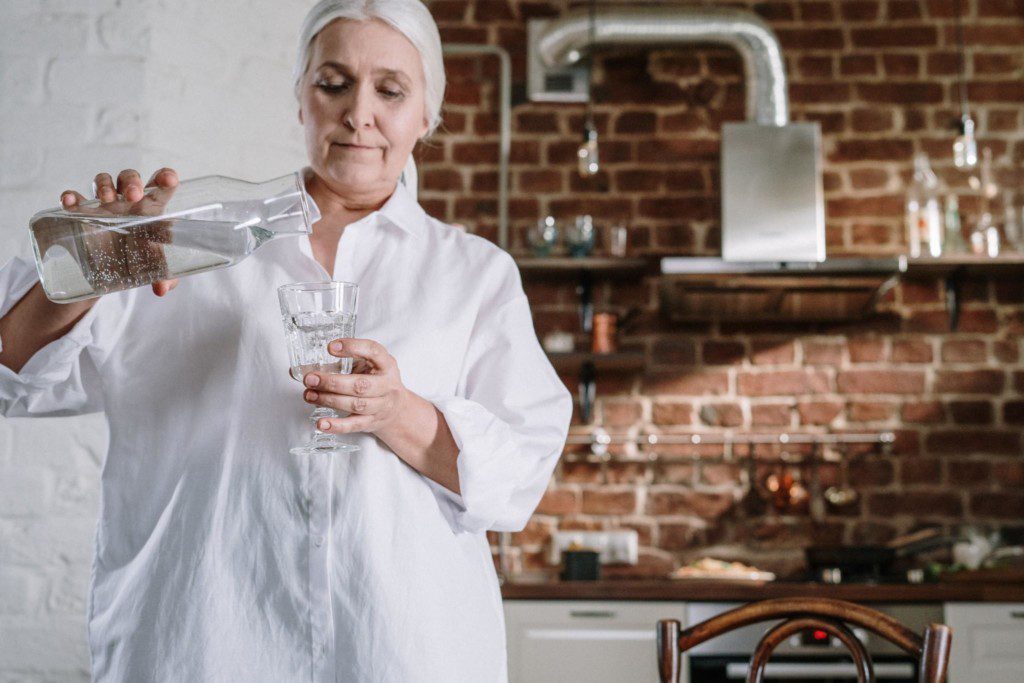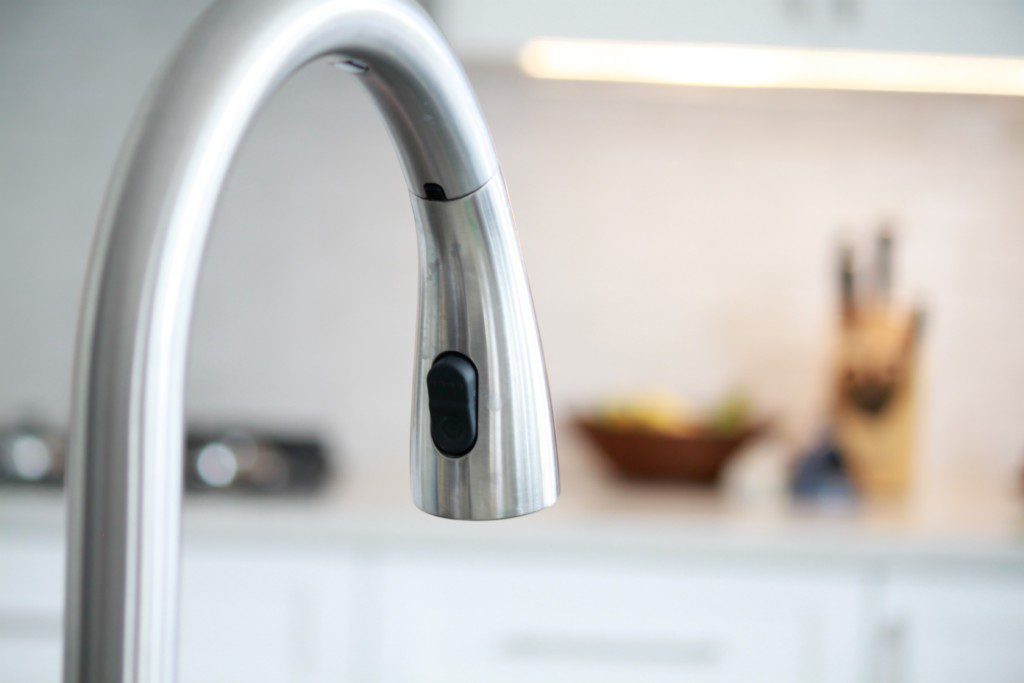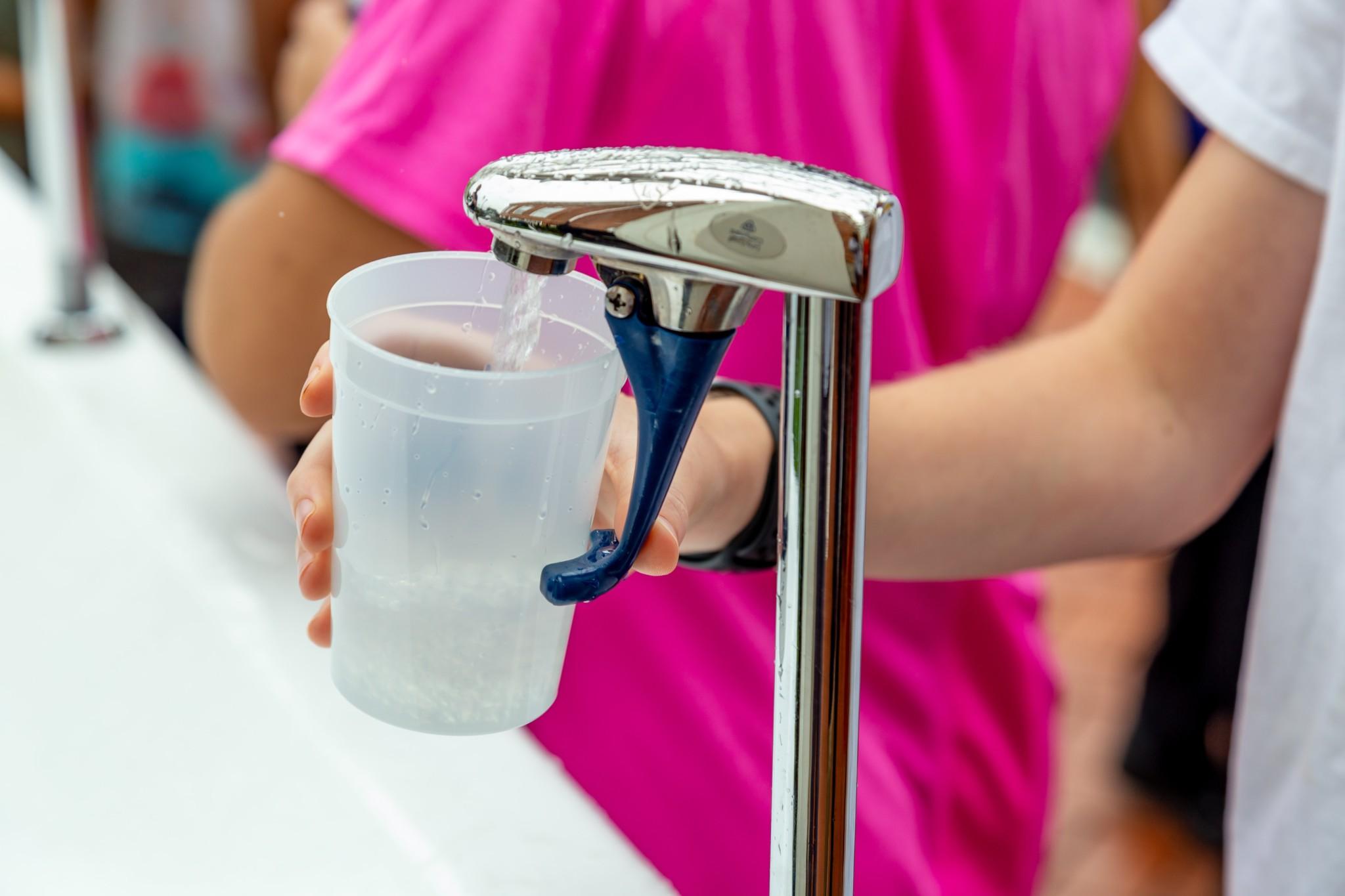10/12/2020 | Aquaculture | 8 MINUTE READ
What To Look for when Searching for the Best Reverse Osmosis System

Whether you work in a wastewater treatment plant or are searching for the ideal water filtration system for your home, filtering your water is important if you want to get rid of contaminants that could cause health issues and damage important systems and appliances. Among the most powerful water filtration systems is the reverse osmosis system, which uses a specialized membrane to effectively eliminate as much as 95-98 percent of all total dissolved solids that are present in the water.
No matter the style or brand of system you choose, the amount of total dissolved solids that are removed from the water will be the same. However, it’s important to understand that some RO systems cost more than others, which is mainly caused by the different features that can be equipped on these systems. These systems are powerful because they combine sediment and carbon filtration with a membrane that’s able to remove all dissolved solids. Keep in mind that RO units typically don’t use electricity but instead are operated by water pressure.
The membrane that’s included in an RO system is a semi-permeable and thin layer that consists of extremely small pores. These pores are large enough to let water through but too small for dissolved salts, bacteria, and other impurities to pass through. The total dissolved solids that are removed from the water include a small amount of organic matter as well as inorganic salts. These salts can include calcium, potassium, magnesium, sodium, sulfates, bicarbonates, and chlorides.
Reverse osmosis systems are considered to be the most extensive and comprehensive water filtration systems available because they are able to remove nearly all types of contaminants from the water. Other water filtration systems like water softeners and distillation are different because they are designed to remove certain types of contaminants from the water but are unable to get rid of all types. If you are currently searching for the ideal water filtration system for your home or business, the following article provides a detailed look at the various things to search for in a reverse osmosis system.
Key Takeaways:
- A reverse osmosis system varies compared to other household filtration methods because it gets rid of all contaminants in your water while others only remove certain contaminants.
- There are three essential characteristics you should understand before looking into an RO system. This includes water waste, container size, and filter speed.
- The cost of an RO system varies depending on whether you can install the system yourself and what you are looking for in your system.
3 Essential Characteristics in Your Reverse Osmosis System
 When you’re trying to obtain the right reverse osmosis system, keep in mind that there are several essential characteristics to take note of in the systems you look at. These characteristics include:
When you’re trying to obtain the right reverse osmosis system, keep in mind that there are several essential characteristics to take note of in the systems you look at. These characteristics include:
- Water waste – Each RO system creates a different amount of water waste that you will need to dispose of
- Container size – The size of the container that you obtain with your system of choice dictates how much water can be filtered at a given time
- Filter speed – RO systems will also be outfitted with a specific filter speed that determines how quickly the water can be filtered
Water Waste
When you use a standard water filter, all of the water that passes through the filter will be drinkable. While RO systems are highly effective at removing contaminants from the water that passes through your home or business, some of the water that gets sent through the system won’t be drinkable. In fact, it’s possible for less than 50 percent of the water that goes through the system to be drinkable. The remainder of the water is considered to be waste and must be discarded.
If you are expecting to treat an ample amount of water every day, make sure that you don’t obtain an RO system that produces more than 75 percent water waste. Even if the system contains high-end features in all other areas, having a high amount of water waste means that the system is inefficient. Over time, you will likely spend far more money on your water bill than you would like.
Container Size
The size of the container within the unit you purchase can also be very important depending on the needs of your household or business. The reverse osmosis process can take some time to be completed, which means that you may need to wait for water to be available.
To account for the length of this process, many systems will include tanks that are able to store some of the water after it has been filtered. This water can then be sent throughout your household on demand. If you have a large family, it’s highly recommended that you select a system that comes with a large container. By storing a substantial amount of filtered water, you should never run out of water throughout the day.
Filter Speed
While it’s possible for you to find RO systems that allow for water to be filtered immediately upon request, the majority of systems take a certain amount of time to refill. In the event that your tap water is being replaced with filtered and purified water, you’ll want to search for a unit that’s able to filter at least 50 gallons of water each day. The high filter speed will allow you to use the filtered water for numerous purposes, which can include everything from washing dishes to drinking water.
If the system that you purchase is only meant to be used for drinking water, consider selecting a system that’s equipped with a relatively small tank and a slow refill rate. Paring down on the features that you don’t need should help you save an ample amount of money when you eventually purchase an RO system. The one that you choose depends on your specific needs.
Considerations When Buying a RO System
 There are many considerations to take into account when purchasing an RO system. These considerations include:
There are many considerations to take into account when purchasing an RO system. These considerations include:
- Style
- Pressure
- Demand
- Use
- Budget
When considering various RO systems, keep in mind that there are three separate styles of systems to select from. The types of RO systems available to you include drop-in systems, quick-change systems, and standard systems. The style you choose dictates the maintenance costs you pay, how stringent the maintenance requirements are, and how environmentally friendly the system is. RO systems that use a quick-change cartridge are very easy to maintain but can be costly and damaging to the environment. These cartridges are made from plastic that’s discarded with each filter replacement. Standard and drop-in cartridges are relatively inexpensive and somewhat friendly to the environment.
The reverse osmosis process uses a certain amount of water pressure to send water through the membrane. If the water pressure throughout your home is lower than 40 PSI, you may need to obtain a booster pump for your system of choice, which will automatically increase the water pressure in the system itself. If you take your water from a well, the water pressure for your tank should be set at a high enough level for the system to work properly. For optimal water pressure, make sure that you have your system installed wherever you require filtered water, which is typically right below a sink.
It’s also important to identify how much water demand your household requires. In accordance with recommendations by nutritionists, people are supposed to drink half of their weight in ounces each day. Keep in mind that your refrigerator and similar appliances will need to use some of the water, which increases household demand. All RO systems include a label of how much gallons of water they can filter every day, which you should take into account. How you use the water should also play a part in which RO system you select.
When you are budgeting for an RO system, some of the costs that should be included in the budget extend to the overall system cost, the cost of installation, and consistent maintenance costs. It’s possible to reduce some of these costs by selecting a system with fewer features or by installing the unit yourself. However, you should have a professional install the system if you’re unsure of how to do so yourself. It’s possible that you will damage important components in your home, which would only serve to increase your expenses.
Some of the additional questions that you should ask yourself before choosing a unit include:
- How long do RO systems last?
- Is there a fee for installation?
- How much on average do these systems cost?
- What are the maintenance requirements for these systems?
The answers to these questions can help you determine which system would best fit in your home. For some homeowners, the system cost will be the most important factor in their purchasing decision. The majority of reverse osmosis systems will cost anywhere from $200-$400. However, the inclusion of a high-speed filter or large tank could increase costs. No matter which system you obtain, RO units typically last for around 10-15 years before needing to be replaced.
While the majority of RO systems can be installed without much issue, some units have complex installation requirements, which means that a professional may need to complete the installation process for you. It’s also important to understand the maintenance costs and requirements for your system of choice. It’s possible for the total maintenance costs to be around $70 per year, which is very affordable. However, the more powerful systems can come with maintenance costs that near $300 every year. With these considerations in mind, the purchasing process should be simpler and more straightforward.
Posted by Sensorex on October 12, 2020
Sensorex is a global leader in the design and manufacture of quality sensors for water quality and process applications. The company offers more than 2000 sensor packages for pH, ORP, conductivity, dissolved oxygen, free chlorine, chlorine dioxide, UV transmittance and other specialty measurements, as well as a full line of sensor accessories and transmitters. Its expert technical support engineers solve analytical sensor challenges with custom designs and off the shelf products.




